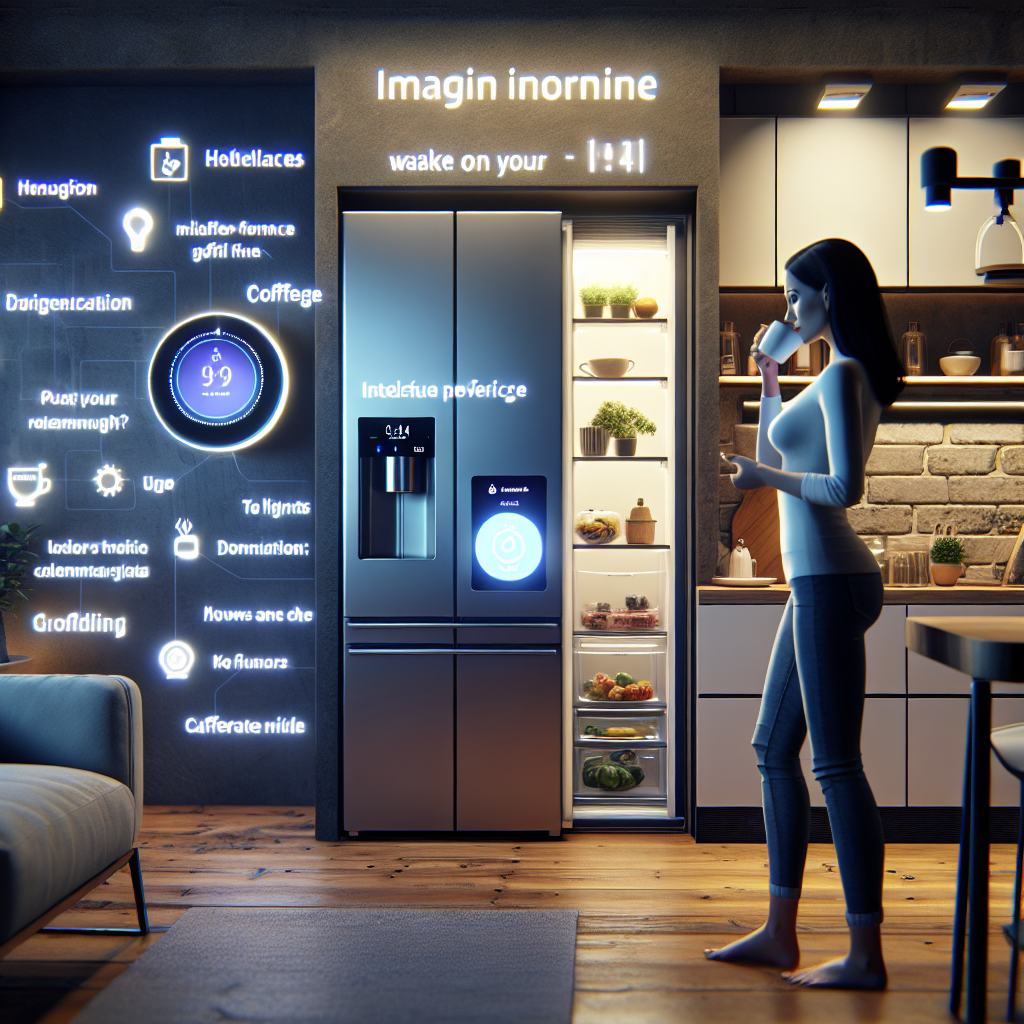How Green AI Supercharges Innovation and Sustainability in 2025
Green AI is changing the game in 2025 by cutting carbon emissions while boosting performance. It sounds too good to be true, but it isn’t. I once saw a small AI startup cut its energy use in half by rethinking how they run their models. Imagine your AI tools running faster and cleaner. That is Green AI for you.
- Why Green AI Matters Now
- Real-World Success Stories
- Techniques and Tools for Green AI
- The Future of Green AI
- Where to Find High-Quality Images
- FAQ
Why Green AI Matters Now
The AI world is booming. Every day brings new models and more data processing. That growth does not come for free. Training a large language model eats up megawatts of electricity, and most of that still comes from fossil fuels. Green AI says that is not okay. It calls on developers and companies to build smarter models and run them more efficiently. It also pushes everyone to use cleaner energy.
Here is a simple way to think about it. Picture your old desktop computer. It uses more power and heats up fast. Now picture a sleek laptop that runs cooler and lasts longer. Green AI uses that logic and applies it at scale. Algorithms get trimmed. Hardware gets used smarter. It is about doing more with less.
So why bother? The benefits are huge:
- Energy savings. You spend less on electricity bills.
- Lower carbon footprint. You do your part for the planet.
- Competitive edge. Investors and customers prefer green businesses.
- Innovation sparks. Cutting resource waste leads to new ideas.
In 2025, Green AI is more than a buzzword. It is a real growth engine. Businesses are tracking their AI emissions. They share goals publicly. It builds trust. It builds loyalty.
Real-World Success Stories
Smart Agriculture That Cuts Waste
Farmers in Europe and Asia now run lightweight AI models on edge devices. These smart sensors predict soil moisture, pest threats, and ideal harvest windows. In one Indian village, they saved 30 percent of water use and saw healthier crops. That is not a small win. It changed their season outcomes.
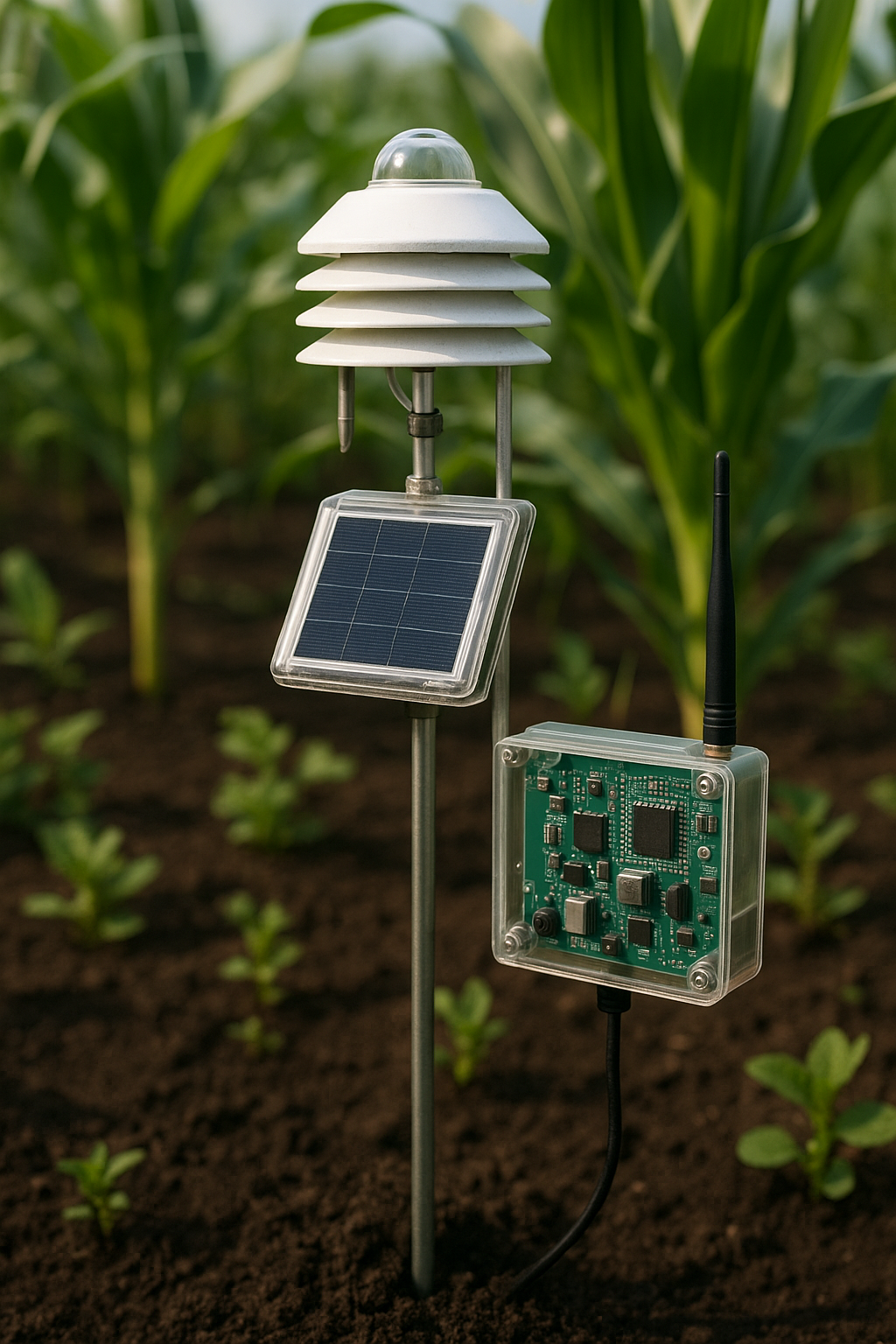
Energy-Efficient Data Centers
Tech giants like Google and Microsoft use AI to cool their data centers. Google’s DeepMind cut cooling energy by around 40 percent. They feed sensor data into AI models that tweak cooling loops in real time. It is like giving your fridge a brain. And the savings are massive.
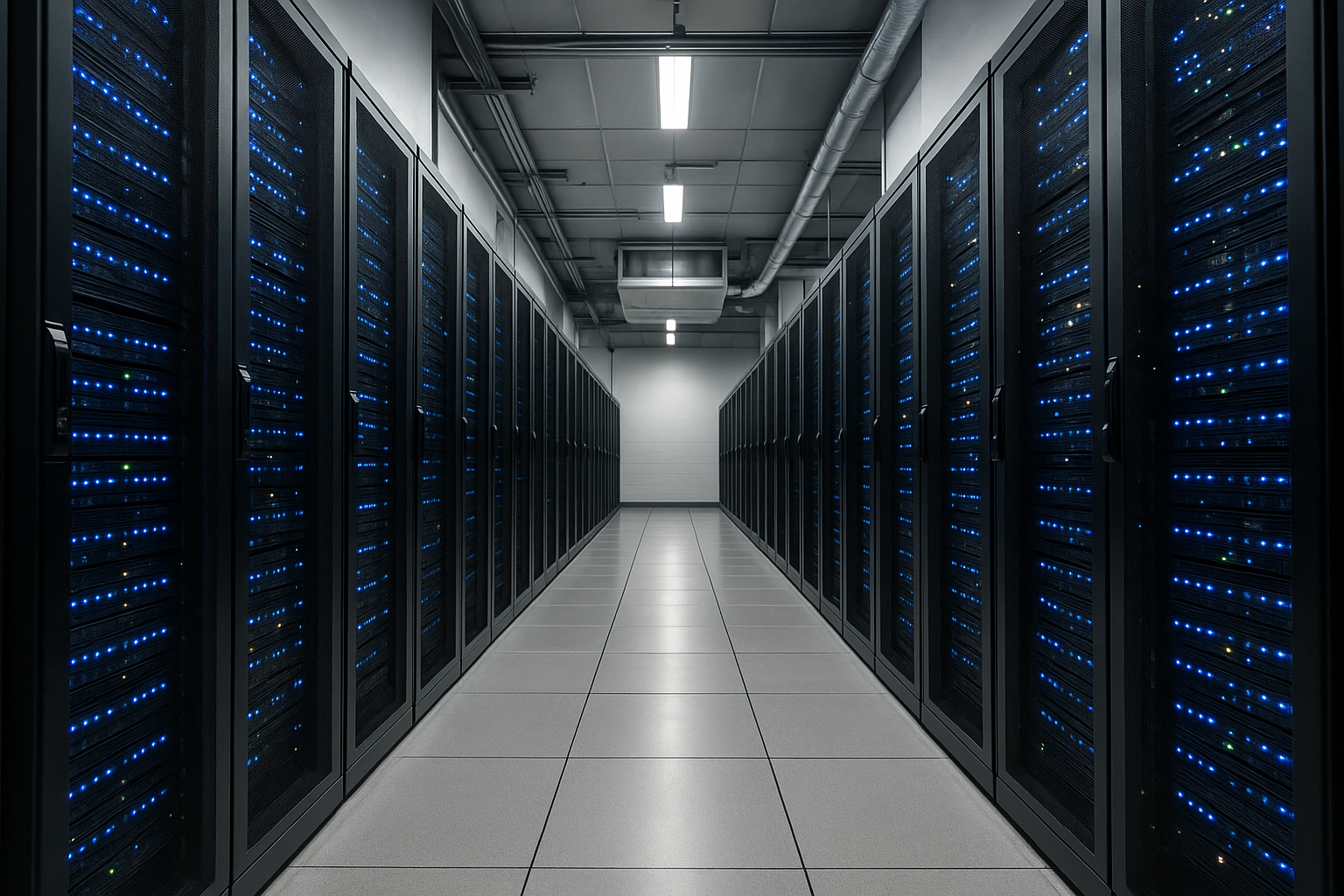
Greener Transport Networks
Logistics firms route trucks and vans through live traffic data. One Hong Kong startup cut delivery times by 15 percent and fuel use by 20 percent. Drivers got home earlier. Managers saw lower costs. Customers got happier deliveries. Real-world win right there.
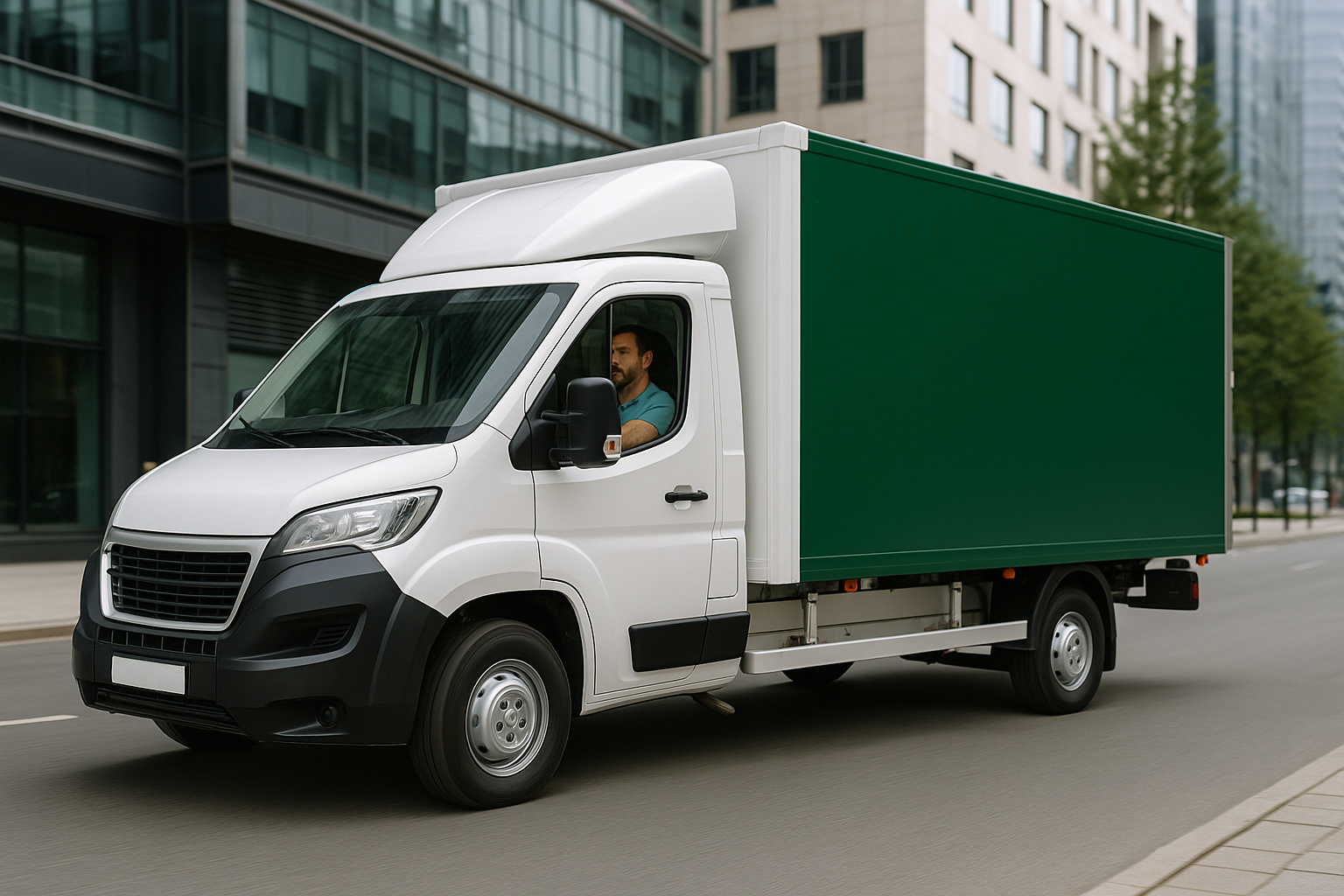
Carbon-Aware Machine Learning
Carbon-aware ML means scheduling compute tasks when the grid is cleanest. A research lab in Canada shifted heavy training to midday. Why? Solar power was at its peak. They cut carbon use by 40 percent. It shows small tweaks can yield a big impact.
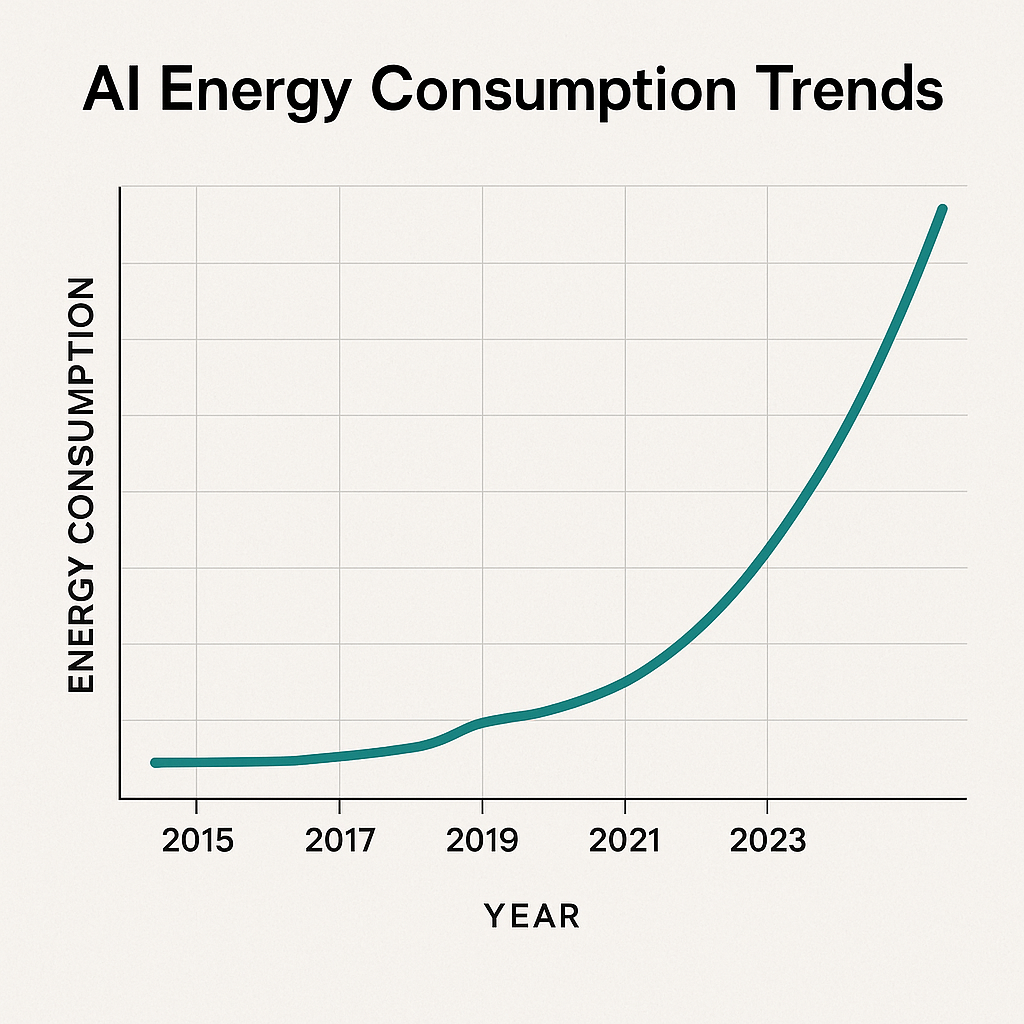
Techniques and Tools for Green AI
Algorithmic Efficiency by Design
Shrinking models starts from the code. Techniques like pruning, quantization, and distillation trim model size without hurting accuracy. One team slashed their model by half and kept results spot on. That cut energy use in training by about 50 percent.
Specialized Hardware
GPUs and TPUs still rule, but new AI chips are rising. Graphcore’s IPU and Cerebras wafer-scale engines crunch numbers faster and cooler. They run parallel tasks in microseconds. That efficiency adds up in power savings.
Cloud Efficiency and Resource Sharing
Leading clouds pool hardware across clients. They spin down idle machines. They run workloads in cooler climates. Google Cloud is pushing 24/7 carbon-free energy. AWS and Azure follow with their own green data centers. When you use these platforms, you tap into that green tech.
Carbon Tracking Tools
Want a ruler for your AI’s footprint? Try CodeCarbon or Carbontracker. They log your training jobs’ power use. They convert kilowatt-hours into CO₂ emissions. They help you see and shrink your carbon graph.
Open-Source Green AI Projects
Not sure where to start? Check out MLCommons Green Working Group. They share benchmarks and green scorecards. Others offer libraries for model slimming and energy logs. It speeds up your green journey and cuts emissions from day one.
The Future of Green AI
Picture AI that adapts to clean energy cycles. It trains harder when the sun is up. It scales back when coal power peaks. Some frameworks already shift tasks across regions for clean energy. It is AI being climate smart on its own.
Regulators will join in. The EU is discussing carbon labeling for AI models. Soon you may have to disclose the emissions from your training runs. That will push Green AI from choice to must-do.
Global alliances are forming. Tech firms, standards bodies, and academia share best practices. They draft certifications and impact scores. We will see Green AI ratings on papers and products. 2025 could be the year Green AI hits the mainstream.
Where to Find High-Quality Images
Need visuals that pop? Try these free sites:
- Unsplash: Search “smart farming AI” or “data center cooling.”
- Pexels: Look for “logistics truck AI” or “renewable energy tech.”
- Pixabay: Great for “carbon aware computing” or “AI dashboard.”
All images are royalty-free. Check each license. Add photographer credit if needed. A simple caption and a link often covers you.
Frequently Asked Questions
What exactly is Green AI?
Green AI means building and running AI systems in ways that use less energy and emit fewer greenhouse gases while keeping performance high.
How does carbon-aware ML work?
It tracks the energy source for your compute jobs and schedules them when clean energy is strongest. Some tools shift work across regions for max green power.
Can Green AI match performance?
Yes. With lean models, smart chips, and efficient clouds, you can keep or even boost performance and cut energy use.
Which industries benefit most?
Agriculture, data centers, transport, logistics, smart buildings, and any AI-heavy sector see big gains from Green AI.
How do I measure my AI’s carbon footprint?
Use tools like CodeCarbon or Carbontracker. They log power use during training and estimate CO₂ emissions. Track your runs and aim to improve.
Conclusion
Green AI is not a niche anymore. It is a path forward. It saves money, cuts carbon, and sparks innovation. Ready to start? Grab your first carbon-aware model and images from those free sites. Your planet will thank you.


